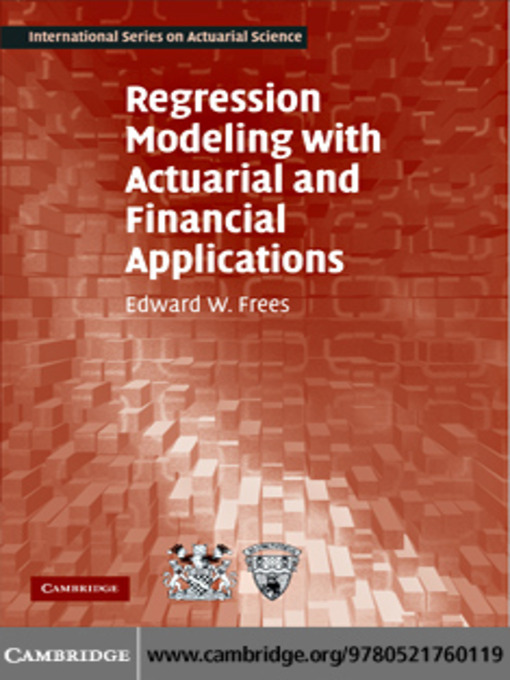(The World Bank)
Description: Fiscal policy in Latin America has been guided primarily by
short-term liquidity targets whose observance was taken as the main
exponent of fiscal prudence, with attention focused almost exclusively
on the levels of public debt and the cash deficit. Very little attention
was paid to the effects of fiscal policy on growth and on macroeconomic
volatility over the cycle. Important issues such as the composition of
public expenditures (and its effects on growth), the ability of fiscal
policy to stabilize cyclical fluctuations, and the currency composition
of public debt were largely neglected. As a result, fiscal policy has
often amplified cyclical volatility and dampened growth.
Fiscal
Policy, Stabilization, and Growth explores the conduct of fiscal policy
in Latin America and its consequences for macroeconomic stability and
long-term growth. In particular, the book highlights the procyclical and
anti-investment biases embedded in the region's fiscal policies,
explores their causes and macroeconomic consequences, and assesses their
possible solutions.









